The NKR is an odd place to visit to say the least. A little bit of 20th century history will provide some background to that statement. Lets see if we can provide a quick and succinct summary.
Ethnic tensions between majority Armenians and minority Azerbaijanis were kept under wraps during the Soviet era, but surfaced during the glasnost period under Gorbachev. The Armenians in the autonomous region wanted to be transferred to the Armenian SSR and the movement gained momentum in the late 1980s. Gorbachev wanted to retain status quo and rejected their demands. Violence erupted with ethnic cleansing on both sides. The Soviet Union decided to move the region from direct control to Azerbaijani control in 1989. This move backfired and the violence intensified. In late 1991, majority Armenians in the region voted for creating an independent state. A full scale war eventually erupted between Nagarno Karabakh and Azerbaijan with Armenia supporting NK. Turkey, the Afghan Mujahideen and Chechen militants provided support to Azerbaijan.
A turning point in the war was the capture of Shushi (aka Shusha) by the Armenians from Azerbaijani control. The town of Shushi lies 600m above the city of Stepanakert but is a mere 9km away. Stepanakert was subject to missile attacks by the Azerbaijani forces firing from their high positions in Shushi. Although the Armenians were outnumbered, they managed to capture Shushi.
Eventually, ceasefire was called in 1994 after six years of fighting. We understand the current status of the region as follows:
The Nagarno Karabakh Republic is a self proclaimed independent republic.
Armenia considers the region to be a province of Armenia called Artsakh.
Azerbaijan considers the region to be a part of Azerbaijan.
The world does not recognize the NKR and treats it as part of Azerbaijan (Google Maps and Travelpod both follow this).
What about the ground realities? NKR can only be visited by a single border that is accessible from Armenia (90 km north of Goris, Armenia). Armenia does not have any border control personnel since it considers the region to be another state. NKR has a border post and issues visas for visitors in Yerevan. Visitors can also enter without a visa provided they purchase one in Stepanakert which is the capital. Visitors cannot return back to Armenia without a registration slip that can only be obtained at the Ministry of Foreign Affairs in Stepanakert. Visitors are advised by their respective countries that they are on their own if they visit NKR and no services can be provided. So they better not lose their passport, otherwise they will be stuck in NKR forever. Azerbaijan considers any entry into NKR illegal and will not allow anyone with the NKR visa stamp in their passports to enter Azerbaijan.
The name Nagarno Karabakh is itself a strange mixture of words from different languages. Nagorno means "mountainous" in Russian, Kara is "black" in Turkish and Bakh is "garden" in Persian. To confuse matters further, Armenians call the region Artsakh. Even the residents of the region use Karabakh and Artsakh to describe their region. The Armenian Dram is the currency used in the region.
Travel in the region is quite safe and the hospitality of the people is second to none. However, the Ministry of Foreign Affairs requires visitors to declare their intended destinations and include it in the registration slip. Some areas are off limits. Of interest to scofflaw visitors is the city of Agdam which once had 100,000 residents. It is now a ghost town after its residents fled during the war. Armenians looted the city and stripped all infrastructure. Scrap metal scavengers and thrill seeking foreigners are the only ones who visit the region apart from the constant military presence.
The Stepanakert bound marshrutka left Goris at 10 am in the morning under clear skies and brilliant sunshine and wound its way through the impossibly twisted curves of the mountainous terrain. It had to make several stops for children (and some parents!) nauseated by the journey. After crossing one mountain pass, we descended down to the level of the flowing water in a deep gorge and the van stopped at the NKR border post after crossing the small bridge. We were the only foreigners on the van and we were let in by the NKR guards who instructed us to register at the MFA in Stepanakert and make sure that we hold on to the registration slip to be relinquished at the same post on our return.
After several more twists and turns through the mountains, the van pulled into Shushi to let off a few passengers. The monastery resembled those we had seen previously in Armenia and Georgia. As the van descended from Shushi towards the city of Stepanakert, we could imagine the shelling that occurred during the war. An Armenian tank is kept on display by the side of the road as a reminder of the war.
We stayed at the home of an elderly couple who were living alone (their children living in Russia). They spoke very little English but kept a steady flow of fruits (pomegranates, persimmons) from the garden. Raj Kapoor, Seetha aur Geetha made their return appearance in conversations.
We explored the town's main street and witnessed a wedding by the central fountain and walked past the National Assembly and Presidential palace. The stop at the Ministry of Affairs was brief and easy. We got mobbed by a big group of school children returning from school and we let them exhaust their knowledge of English on us.
Google Maps Link

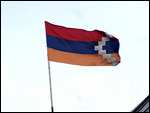
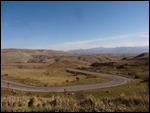


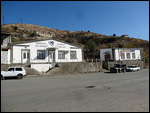
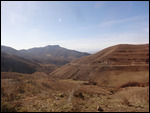
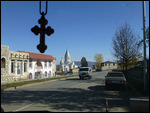

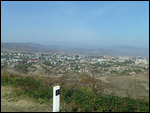
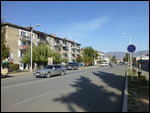
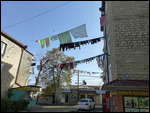

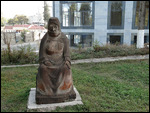
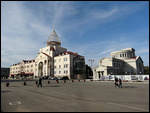
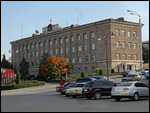



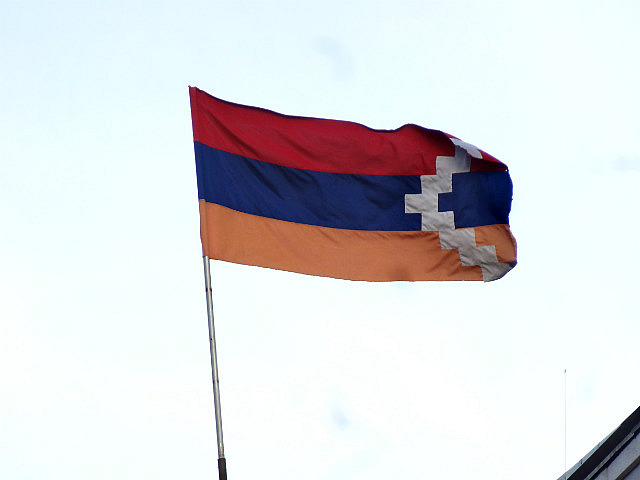
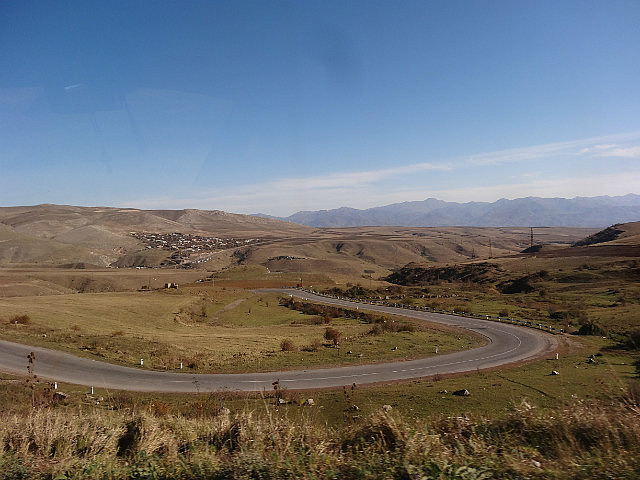

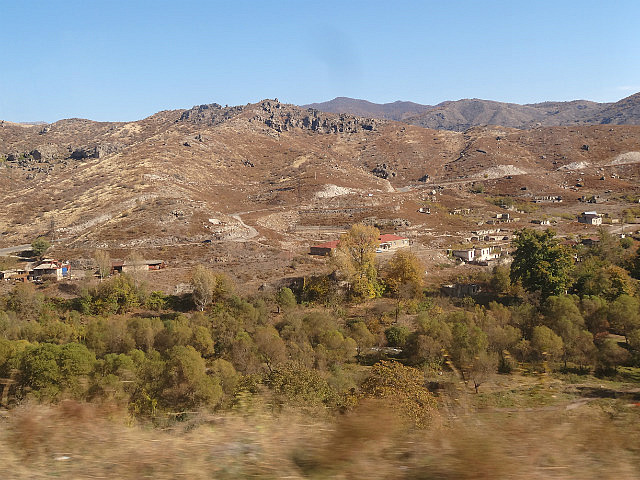
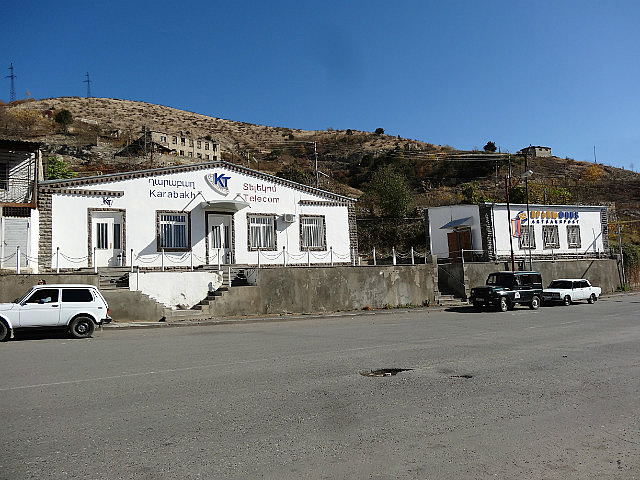
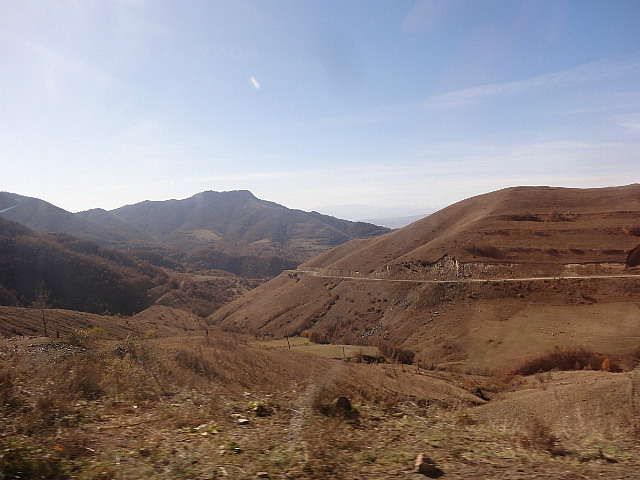

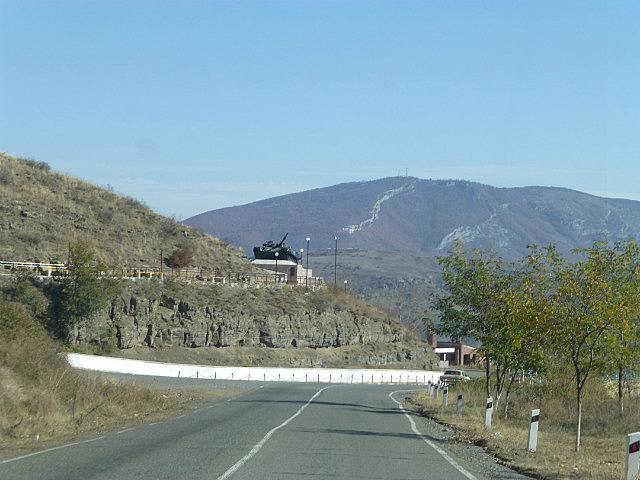
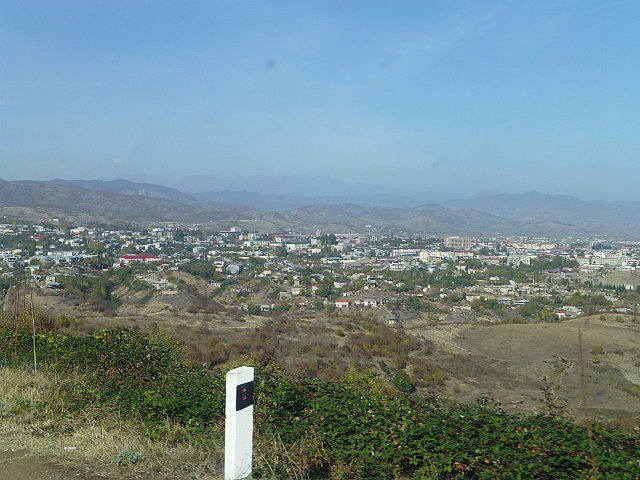
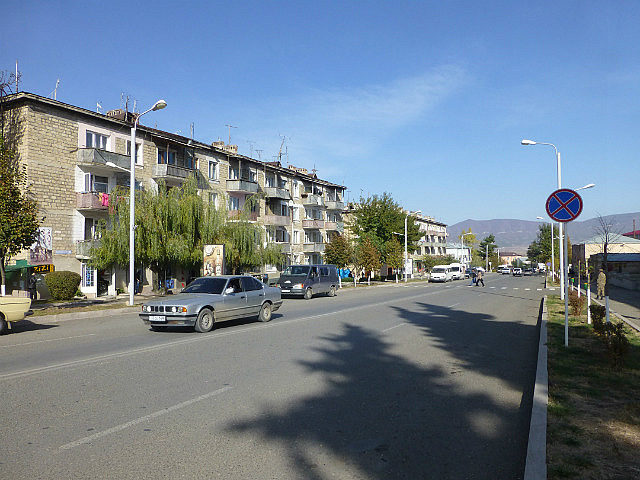

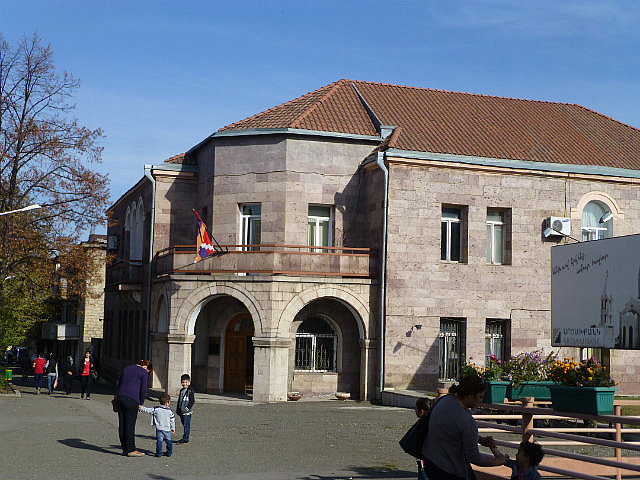

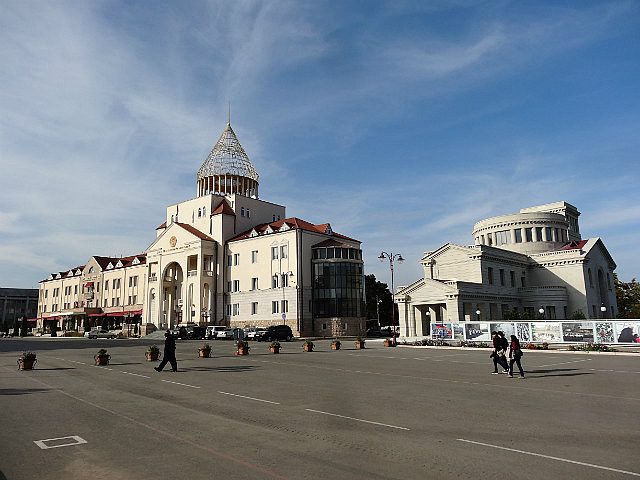
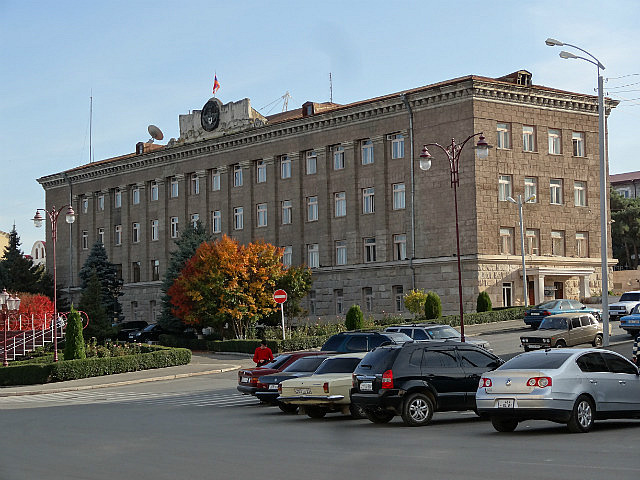
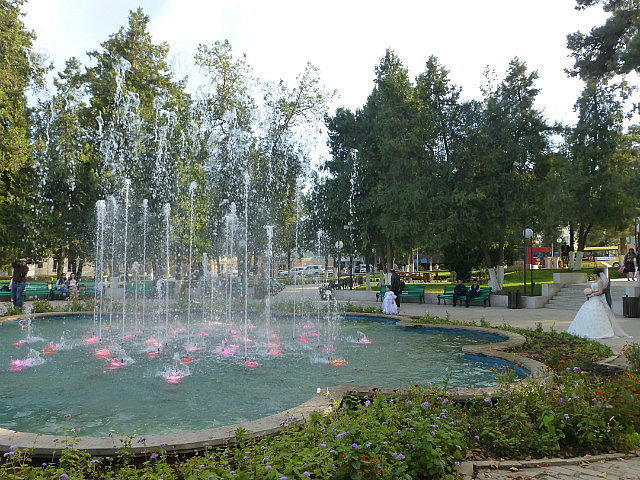
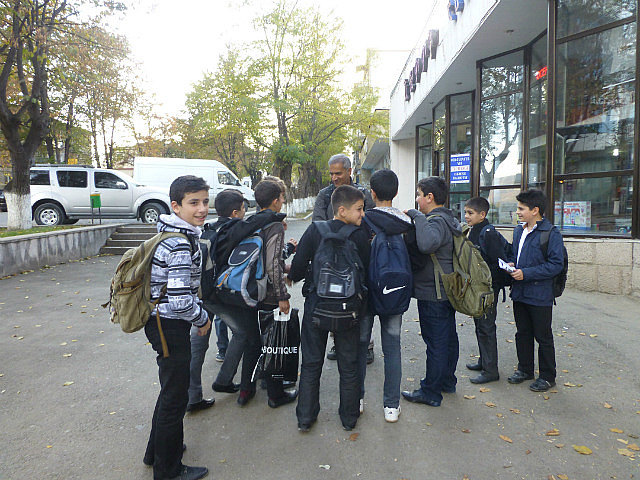
Comments